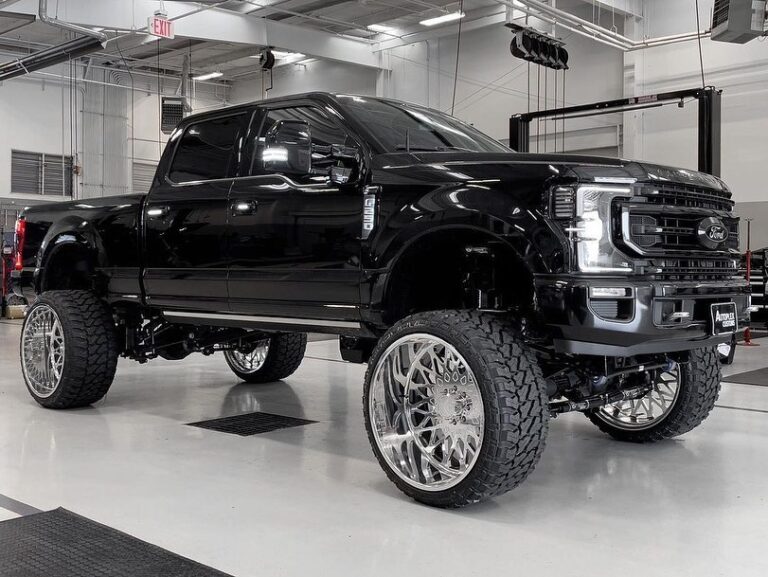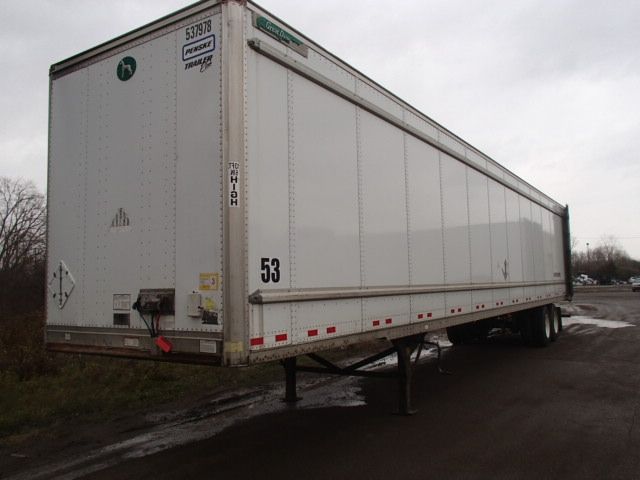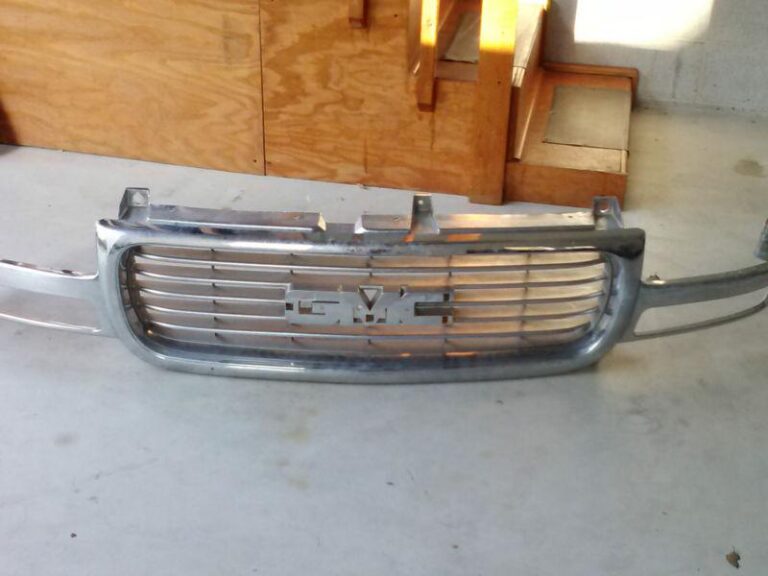Jeep Liberty 2003 Renegade: A Deep Dive into a Compact Off-Road Icon
Jeep Liberty 2003 Renegade: A Deep Dive into a Compact Off-Road Icon cars.truckstrend.com
Introduction: Unpacking the 2003 Jeep Liberty Renegade
In the landscape of compact SUVs, few vehicles have carved out as distinct a niche as the Jeep Liberty. Introduced in 2002 as the successor to the beloved Cherokee (XJ), the Liberty carried the torch of Jeep’s rugged capability while aiming for broader appeal with more modern styling and independent front suspension. Among its various trims, the 2003 Jeep Liberty Renegade stands out as a particularly compelling package, designed for those who sought not just a daily driver but a capable adventure companion.
Jeep Liberty 2003 Renegade: A Deep Dive into a Compact Off-Road Icon
The 2003 Renegade wasn’t merely an appearance package; it offered a blend of unique aesthetics and enhanced functionality that resonated with off-road enthusiasts and those who appreciated its distinctive, utilitarian look. With its bold exterior accents, robust drivetrain options, and a spirit undeniably rooted in Jeep’s heritage, the 2003 Liberty Renegade represented a sweet spot in the compact SUV market—a vehicle that was at home on city streets yet eager to tackle unpaved paths. This comprehensive guide delves into every aspect of this iconic model, from its design and performance to ownership considerations and what makes it a relevant choice even today.
The Renegade Identity: What Sets It Apart?
The 2003 Jeep Liberty Renegade was immediately recognizable due to a suite of distinctive features that differentiated it from other Liberty trims like the Sport or Limited. These elements weren’t just cosmetic; they hinted at the Renegade’s adventurous spirit.
Unique Exterior Styling
The most striking features of the Renegade include:
- Aggressive Front Fascia: A unique front bumper with integrated fog lights and exposed tow hooks gave the Renegade a more rugged, off-road ready appearance.
- Flared Fenders: Wider, unpainted fender flares provided a more muscular stance and offered protection from trail debris.
- Signature Hood Decal: A flat black decal on the center of the hood was a clear visual cue, reducing glare for the driver and contributing to its utilitarian aesthetic.
- Roof-Mounted Light Bar: While sometimes an option, many Renegades came equipped with a distinctive roof light bar, featuring two forward-facing auxiliary lights, enhancing visibility for nighttime off-roading.
- Unique Wheels: 16-inch aluminum wheels with a five-spoke design, often shod with more aggressive all-terrain tires, completed the look.
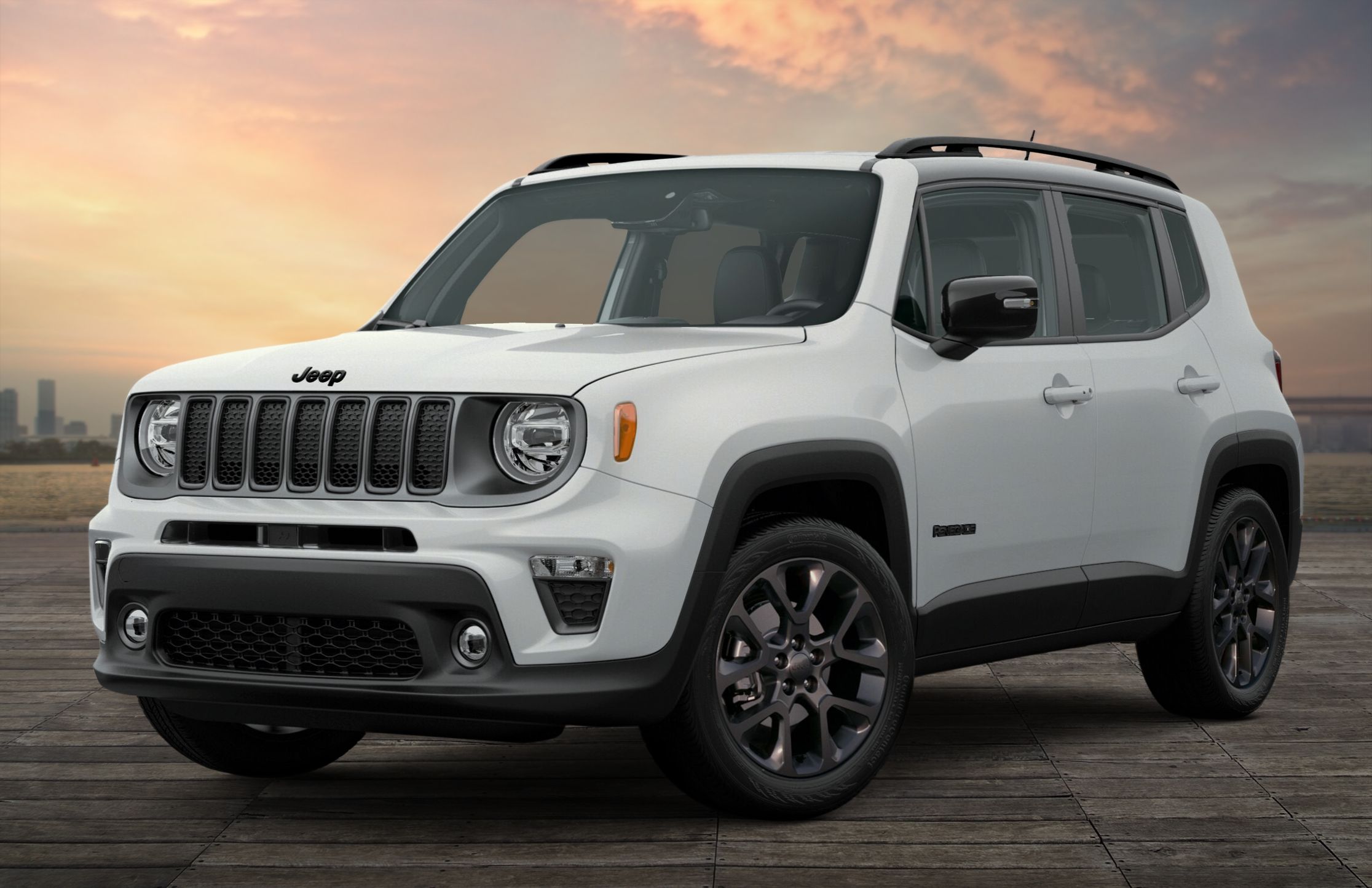
Powertrain and Drivetrain Options

Under the hood, the 2003 Liberty Renegade predominantly featured the robust 3.7-liter PowerTech V6 engine. This SOHC (Single Overhead Cam) engine produced a healthy 210 horsepower and 235 lb-ft of torque, providing ample power for both highway cruising and tackling challenging terrain. It was typically paired with a 4-speed automatic transmission, known for its durability.
Crucially, the Renegade offered a choice of two capable 4×4 systems:
- Command-Trac®: A part-time 4WD system, ideal for off-road use and slippery conditions, but not intended for use on dry pavement in 4WD high range. It provided 2WD, 4WD Part-Time, and 4WD Low.
- Selec-Trac®: A more advanced full-time 4WD system that offered 2WD, 4WD Part-Time, 4WD Full-Time, and 4WD Low. Selec-Trac was particularly advantageous as it allowed the vehicle to be driven in 4WD Full-Time mode on any surface, including dry pavement, making it more versatile for varying conditions.
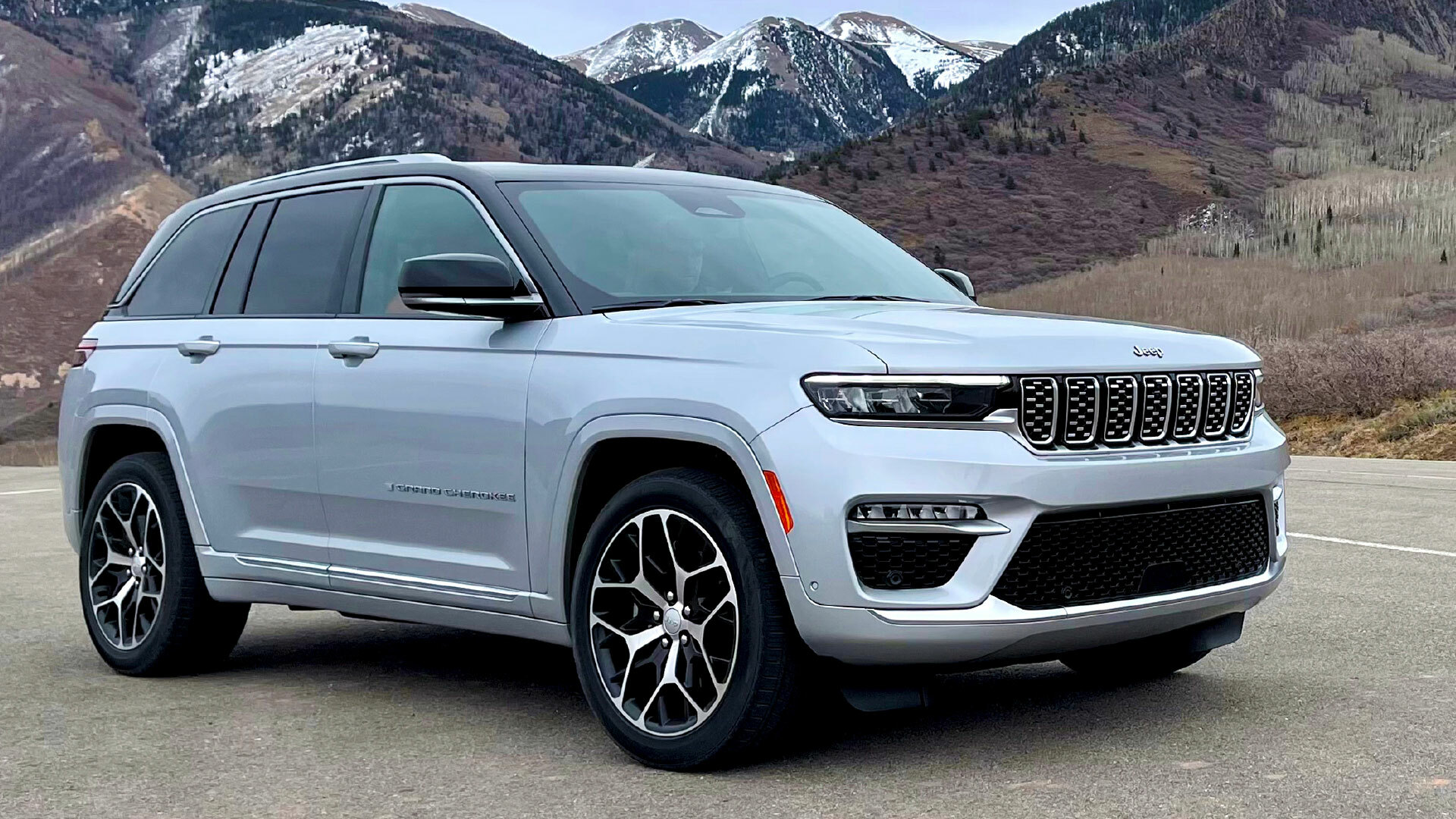
These drivetrain options, combined with a respectable 8.0 inches of ground clearance (for 4×4 models) and sturdy suspension components, made the Renegade a surprisingly capable performer off the beaten path.
Performance and Off-Road Prowess
While the Liberty faced initial skepticism from some traditionalists for its independent front suspension (a departure from the solid axles of its predecessors), the 2003 Renegade proved its worth as a genuine Jeep.
On-Road Manners
On paved roads, the 3.7L V6 provided adequate acceleration for daily commuting and highway merging. The independent front suspension, coupled with a five-link solid rear axle, offered a more refined ride quality compared to the rigid setup of the Cherokee XJ. It handled reasonably well for an SUV of its size and height, though body roll was noticeable in aggressive cornering. Fuel economy was moderate for its class, typically ranging from 15-17 MPG in the city and 20-22 MPG on the highway, depending on the drivetrain and driving style.
Off-Road Capability
The true appeal of the Renegade lay in its ability to venture beyond the pavement.
- Articulation: While the independent front suspension limited articulation somewhat compared to solid axle setups, it still offered decent wheel travel for moderate trails.
- Low Range Gearing: Both Command-Trac and Selec-Trac systems offered a 2.72:1 low-range gear ratio, providing significant torque multiplication for crawling over obstacles or navigating steep ascents and descents.
- Approach/Departure Angles: The Renegade’s unique bumpers often improved approach and departure angles compared to other Liberty trims, reducing the likelihood of scraping on steep obstacles.
- Skid Plates: Many Renegades came equipped with factory skid plates protecting the fuel tank, transfer case, and front suspension, offering crucial protection for off-road excursions.
For light to moderate off-roading—including dirt roads, muddy trails, light rock crawling, and snow—the 2003 Liberty Renegade was remarkably competent and a favorite among many for its blend of daily usability and weekend adventure readiness.
Living with a 2003 Renegade: Ownership Experience
Owning a 2003 Jeep Liberty Renegade today comes with a unique set of benefits and considerations.
Daily Driving and Utility
The Liberty’s compact size made it maneuverable in urban environments, and its relatively upright seating position provided good visibility. The rear cargo area, while not massive, was practical, offering 29 cubic feet of space with the rear seats up, expanding to 69 cubic feet with them folded down. The swing-gate rear door with a flip-up glass window was a convenient feature for quick access.
Maintenance and Parts Availability
Thanks to Jeep’s widespread popularity, parts for the Liberty are generally easy to find and often reasonably priced. Many common maintenance tasks are straightforward for a DIY enthusiast. The 3.7L V6 engine is known for its durability if properly maintained, though regular oil changes and coolant system checks are crucial.
Community and Customization
The Jeep community is one of the most vibrant and supportive in the automotive world, and the Liberty, including the Renegade, has a dedicated following. Owners forums and groups provide invaluable resources for troubleshooting, modification ideas, and connecting with fellow enthusiasts. The aftermarket support for the Liberty is also robust, offering a wide array of lift kits, armor, lighting, and performance upgrades.
Common Issues and What to Look For (Buyer’s Guide)
While the 2003 Liberty Renegade is a solid vehicle, like any older car, it has its quirks and common issues that potential buyers should be aware of. A thorough pre-purchase inspection is highly recommended.
- Window Regulators: This is arguably the most infamous issue. The plastic components in the power window regulators are prone to breaking, causing windows to fall into the door or become inoperable. Replacement parts are readily available, often with stronger metal components, and it’s a relatively common DIY repair.
- Rust: Jeep vehicles, especially those in regions with road salt, are susceptible to rust. Pay close attention to the frame rails (especially near the rear control arm mounts), rocker panels, wheel wells, and the rear hatch around the license plate area.
- Front Suspension Components: Ball joints (upper and lower), control arm bushings, and tie rods can wear out, leading to clunking noises, uneven tire wear, and loose steering. Inspect these thoroughly.
- Cooling System: The radiator, water pump, and thermostat can be failure points. Check for coolant leaks, signs of overheating, and ensure the heater works effectively.
- Transmission Issues: While generally reliable, inspect for rough shifts, delays in engagement, or any signs of slipping. Check the transmission fluid for proper level and condition.
- Electrical Gremlins: Less common, but check all lights, gauges, HVAC controls, and accessories to ensure they function correctly.
- Drive Shaft/U-Joints: Listen for clunking noises when shifting into gear or accelerating, which could indicate worn U-joints or a failing drive shaft.
When inspecting a potential purchase, always check service records, look for signs of previous off-road abuse (dents on skid plates, bent components), and consider having a trusted mechanic perform a pre-purchase inspection.
Modifications and Upgrades
The 2003 Liberty Renegade is a fantastic platform for customization, whether you’re aiming for enhanced off-road capability or simply a more personalized look.
- Lift Kits: One of the most popular modifications. Lift kits ranging from 2 to 4 inches are common, allowing for larger tires and increased ground clearance. This significantly enhances off-road performance.
- Tires: Upgrading to more aggressive All-Terrain (A/T) or Mud-Terrain (M/T) tires is a must for serious off-roading. Ensure proper sizing to avoid rubbing, especially with a lift.
- Armor: Aftermarket skid plates, rock sliders, and heavy-duty bumpers offer protection against trail damage.
- Lighting: Beyond the factory roof lights, adding LED light bars or auxiliary spotlights can vastly improve nighttime visibility on trails.
- Recovery Gear: Essential for off-roaders, this includes a winch, recovery straps, shackles, and a high-lift jack.
- Engine Performance: While not a common focus, minor upgrades like cold air intakes or exhaust systems can provide marginal power gains and improved sound.
Always consider the implications of modifications on vehicle dynamics, fuel economy, and potential stress on other components. Research thoroughly and choose reputable brands.
Pricing Guide: Jeep Liberty 2003 Renegade (Used Market)
As a vehicle from 2003, the Jeep Liberty Renegade is exclusively available on the used market. Its price varies significantly based on condition, mileage, maintenance history, 4WD system, and geographical location.
| Feature / Condition | Description | Typical Used Price Range (USD) |
|---|---|---|
| Model | Jeep Liberty 2003 Renegade | N/A |
| Engine | 3.7L PowerTech V6 (210 hp, 235 lb-ft torque) | N/A |
| Transmission | 4-speed Automatic | N/A |
| Drivetrain Options | Command-Trac (Part-time 4WD) or Selec-Trac (Full-time 4WD) | N/A |
| Key Renegade Features | Unique front fascia, wider fender flares, flat black hood decal, roof-mounted light bar (often standard), unique 16-inch alloy wheels, skid plates (often included). | N/A |
| Original MSRP (Approx.) | For a new 2003 Renegade 4×4, it was around $24,000 – $27,000. | N/A |
| Excellent Condition | Low mileage (under 120,000 miles), meticulously maintained, no significant rust, all systems fully functional, clean interior/exterior, minimal wear and tear. May include desirable upgrades. | $5,000 – $8,000+ |
| Good Condition | Moderate mileage (120,000 – 180,000 miles), regular maintenance, minor cosmetic imperfections, some wear on interior, all major systems functional but may need minor attention (e.g., worn tires, minor fluid leaks). | $3,000 – $5,000 |
| Fair Condition | High mileage (180,000+ miles), visible wear and tear, cosmetic damage, some rust, likely needs immediate repairs (e.g., window regulators, suspension components, minor engine/transmission work), but still runs and drives. | $1,500 – $3,000 |
| Poor Condition / Parts Car | Very high mileage, significant mechanical issues, extensive rust, non-running or unsafe to drive, likely only suitable for parts or extensive restoration. | Under $1,500 |
| Factors Influencing Price | Condition & Mileage: Directly impacts value. 4WD System: Selec-Trac models often fetch a slightly higher price due to versatility. Maintenance Records: Comprehensive history adds value. Modifications: Quality, desirable mods (e.g., proper lift, good tires) can increase value, but poorly done mods can decrease it. | N/A |
Note: These are estimated ranges for the used market in the current climate (2024) and can vary based on regional demand and specific vehicle history.
Frequently Asked Questions (FAQ)
Q1: Is the 2003 Jeep Liberty Renegade good off-road?
A1: Yes, the 2003 Liberty Renegade is surprisingly capable for light to moderate off-roading. Its 3.7L V6, 4×4 systems (Command-Trac or Selec-Trac with low range), decent ground clearance, and specific Renegade features make it a strong performer on trails, dirt roads, and in snowy conditions.
Q2: What’s the difference between Command-Trac and Selec-Trac?
A2: Command-Trac is a part-time 4WD system, meaning it should only be used in 4WD on slippery surfaces (dirt, gravel, snow, mud). Selec-Trac is a full-time 4WD system that can be used on any surface, including dry pavement, as it has a differential that allows for speed differences between the front and rear axles. Selec-Trac is generally preferred for its versatility.
Q3: What are the most common problems with the 2003 Liberty?
A3: The most notorious issue is failing power window regulators. Other common problems include rust (especially on the frame and body panels), worn front suspension components (ball joints, control arms), and cooling system issues.
Q4: What is the fuel economy like for a 2003 Liberty Renegade?
A4: Expect around 15-17 miles per gallon (MPG) in the city and 20-22 MPG on the highway for 4×4 models, though actual mileage can vary based on driving style, maintenance, and tire choice.
Q5: Is the 2003 Jeep Liberty Renegade a reliable vehicle?
A5: With proper and consistent maintenance, the 2003 Liberty Renegade can be a reliable vehicle. The 3.7L V6 engine is generally robust. However, specific components like window regulators and front suspension parts are known wear items that will likely need replacement at some point.
Q6: Can I lift a 2003 Liberty Renegade?
A6: Yes, lifting a 2003 Liberty Renegade is a very popular modification. Many aftermarket lift kits are available (typically 2-4 inches) that allow for larger tires and improved ground clearance, enhancing its off-road capabilities.
Q7: Is the 2003 Jeep Liberty Renegade a good value today?
A7: For its price on the used market, the 2003 Liberty Renegade offers excellent value as a capable, distinctive, and customizable compact SUV. It provides a good balance of daily usability and off-road potential, making it a strong contender for those on a budget looking for a true Jeep experience.
Conclusion: The Enduring Appeal of the 2003 Jeep Liberty Renegade
The 2003 Jeep Liberty Renegade, while now a classic, continues to hold a unique place in the hearts of Jeep enthusiasts and practical adventurers alike. It successfully bridged the gap between the utilitarian ruggedness of the older Cherokee and the demands for a more modern, comfortable compact SUV. Its distinctive styling, robust 3.7L V6 engine, and choice of capable 4×4 systems made it a formidable competitor in its segment, both on and off the road.
Even today, the Renegade offers an affordable entry point into the world of Jeep ownership, providing a vehicle that is not only practical for daily life but also eager to explore the path less traveled. While potential owners should be mindful of common maintenance points and rust, the strong aftermarket support and passionate community make ownership a rewarding experience. The 2003 Jeep Liberty Renegade is more than just a used car; it’s a testament to Jeep’s enduring spirit of adventure, a compact icon ready for its next chapter with a new generation of drivers.

